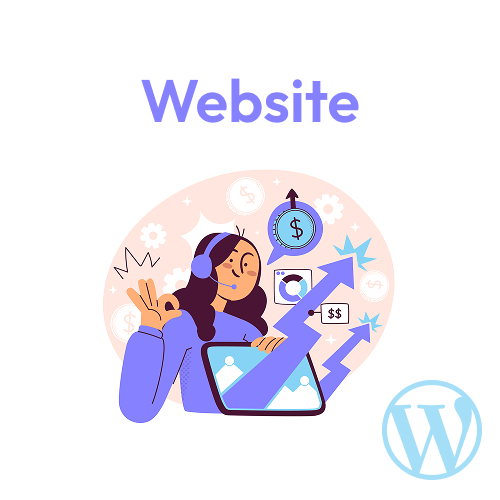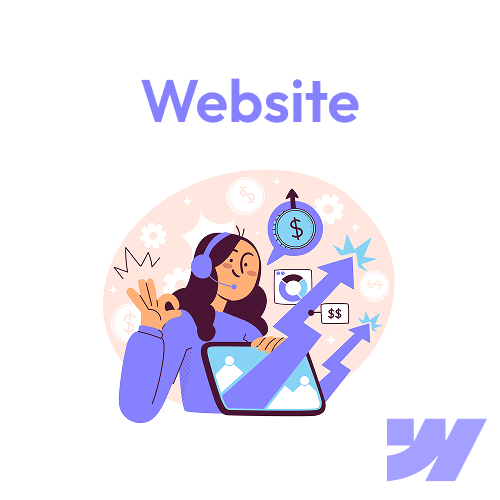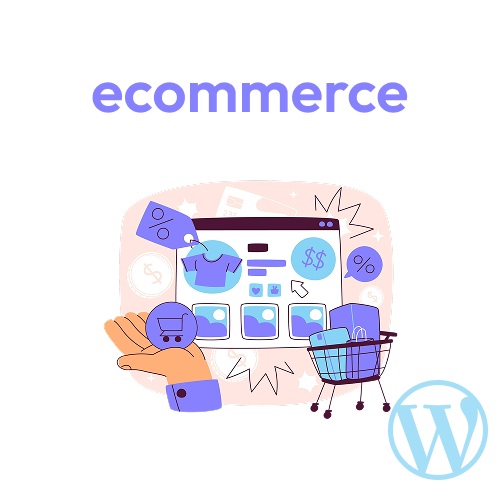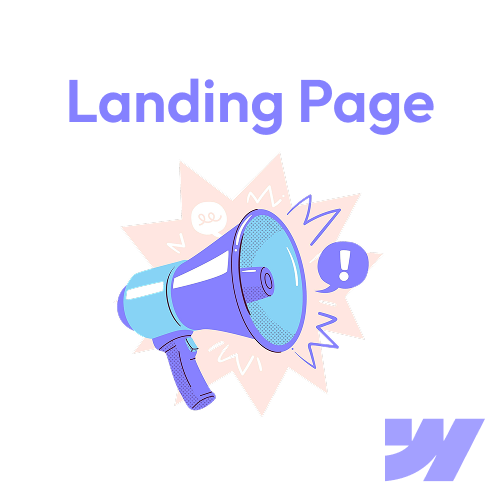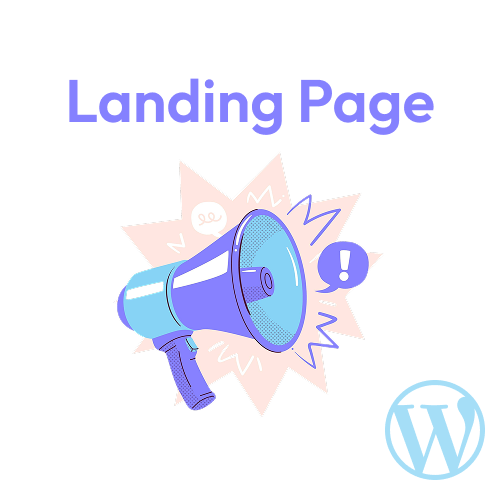Your website’s design isn’t just about aesthetics it’s a powerful SEO driver. Search engines like Google prioritize websites that offer speed, usability, and a seamless experience. A well-designed website doesn’t just look good; it ranks higher, attracts more traffic, and converts better.
In this post, we’ll explore the key ways professional web design boosts SEO and how your business can leverage design for better search visibility.
Why Website Design Matters for SEO
Google’s algorithm evaluates hundreds of ranking factors, many of which are directly tied to design. A poorly structured website can hurt your rankings, while an optimized design helps you:
✅ Rank higher in search results
✅ Reduce bounce rates
✅ Improve user engagement
✅ Increase conversions
Let’s break down the top design elements that impact SEO.
1. Mobile-First Design = Higher Rankings
- Google uses mobile-first indexing, meaning it primarily crawls the mobile version of your site.
- A responsive design ensures your site looks and functions well on all devices (smartphones, tablets, desktops).
- Slow or broken mobile experiences lead to lower rankings and lost traffic.
2. Faster Load Speed = Better User Experience
- 53% of visitors abandon a site if it takes longer than 3 seconds to load (Google).
- Google’s Core Web Vitals measure loading performance (LCP), interactivity (FID), and visual stability (CLS).
- Optimized design elements (compressed images, clean code, efficient hosting) improve speed.
Fix Slow Load Times By:
✔ Using image optimization (WebP format, lazy loading)
✔ Minimizing JavaScript and CSS bloat
✔ Choosing fast, reliable hosting
3. Intuitive Navigation = Lower Bounce Rates
- A confusing layout frustrates users, increasing bounce rates (which hurts rankings).
- Clear menus, breadcrumbs, and internal linking help search engines crawl and index your site better.
- A well-structured sitemap improves both user experience and SEO.
Best Practices:
✔ Use descriptive, keyword-rich anchor text for internal links.
✔ Ensure clickable elements (buttons, CTAs) are easy to find.
✔ Implement a hierarchical URL structure (e.g., /blog/seo-design-tips).
4. SEO-Optimized Site Structure
- Semantic HTML (proper
<h1>to<h6>tags) helps search engines understand your content. - Clean, crawlable code (avoiding excessive divs, inline styles) improves indexing.
- URL structure should be short, readable, and keyword-inclusive.
Example of a Bad vs. Good URL:
❌ yoursite.com/?p=1234
✅ yoursite.com/web-design-seo-tips
5. Engaging Visuals & Multimedia (Without Slowing Down)
- Images and videos enhance user engagement but must be optimized.
- Use alt text (
alt="professional web design studio") for accessibility and SEO. - Lazy loading delays off-screen media from loading until needed, improving speed.
6. Secure & Accessible Design
- HTTPS encryption is a Google ranking factor.
- Accessibility (WCAG compliance) improves UX and reduces legal risks.
- Keyboard navigation and screen reader compatibility help all users (and search bots).
7. Content Layout That Keeps Users Engaged
- Scannable content (short paragraphs, bullet points, subheadings) reduces bounce rates.
- Strategic placement of keywords in headings, meta tags, and body text.
- Featured snippets (answer boxes) favor well-structured content.
Is Your Website’s Design Hurting Your SEO?
If your site has:
- Slow load times
- Poor mobile responsiveness
- Confusing navigation
- Low engagement metrics
It’s time for an SEO-friendly redesign.
🚀 Want a website that ranks better and converts more? Contact our web design studio for a free SEO audit.
